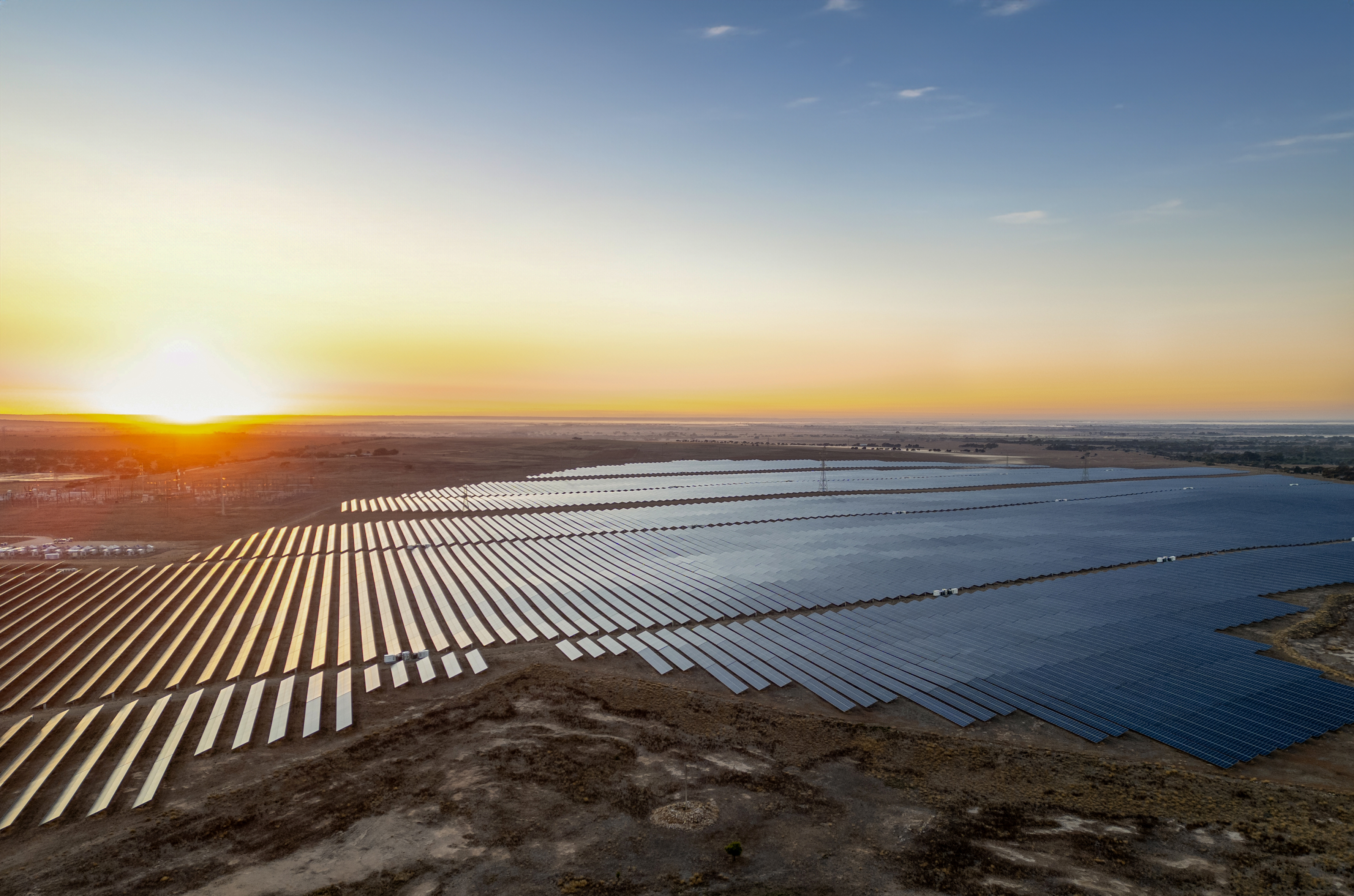
Bunnings - Climate and energy
Bunnings prioritises reducing operational greenhouse gas emissions as part of its strategy to address climate change.
During the year, Bunnings continued to make progress towards achieving its 100 per cent renewable electricity target by 2025 and net zero Scope 1 and Scope 2 (market-based method) emissions by 2030. As of 30 June 2024, Bunnings achieved 79.6 per cent renewable electricity usage across its network and reduced Scope 1 and Scope 2 emissions by 17.5 per cent compared to the previous financial year.
During the year, three 100 per cent renewable electricity contracts took effect for large1 sites in New South Wales, the Northern Territory and Western Australia.
Bunnings also executed a 100 per cent renewable electricity agreement for its sites in Tasmania, which will commence on 1 July 2024.
Bunnings stores in New Zealand and large sites in Victoria continue to be powered by 100 per cent renewable electricity.
By 30 June 2024, Bunnings completed an additional 26 onsite solar photovoltaic (PV) installations. This brings the total number of sites with onsite solar PV systems to 153, with a total generating capacity of 34.8 megawatts.
Improving energy efficiency is a key pillar of Bunnings’ net zero strategy which reduces emissions and energy costs. Bunnings monitors its electricity consumption to identify opportunities for energy efficiency improvement. Despite an expanding store network, Bunnings has reduced its total electricity use by 10.0 per cent since 2020.
Bunnings is focused on refining its Scope 3 emissions reporting and aligning to industry best practices. To further this aim, Bunnings joined the European D.I.Y. Retail Association/Global Home Improvement Network (EDRA/GHIN) Taskforce on Scope 3 emissions as a founding member. EDRA/GHIN is the peak global industry body for home improvement retailers. The Taskforce will establish common methods for managing emissions data and share strategies to reduce Scope 3 emissions.
1 Electricity consumption is equal to or exceeds 100 megawatt hours (MWh) per annum.
